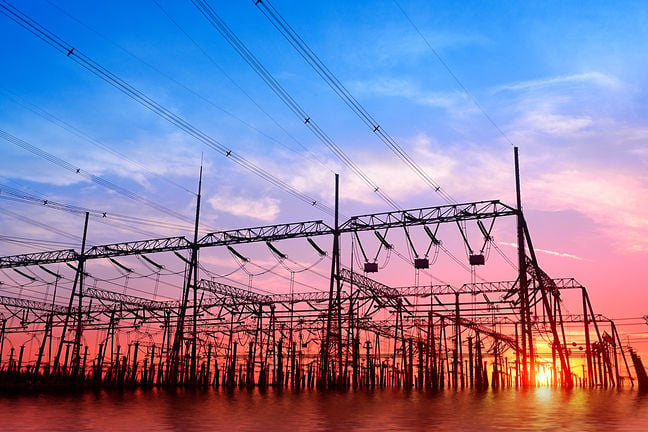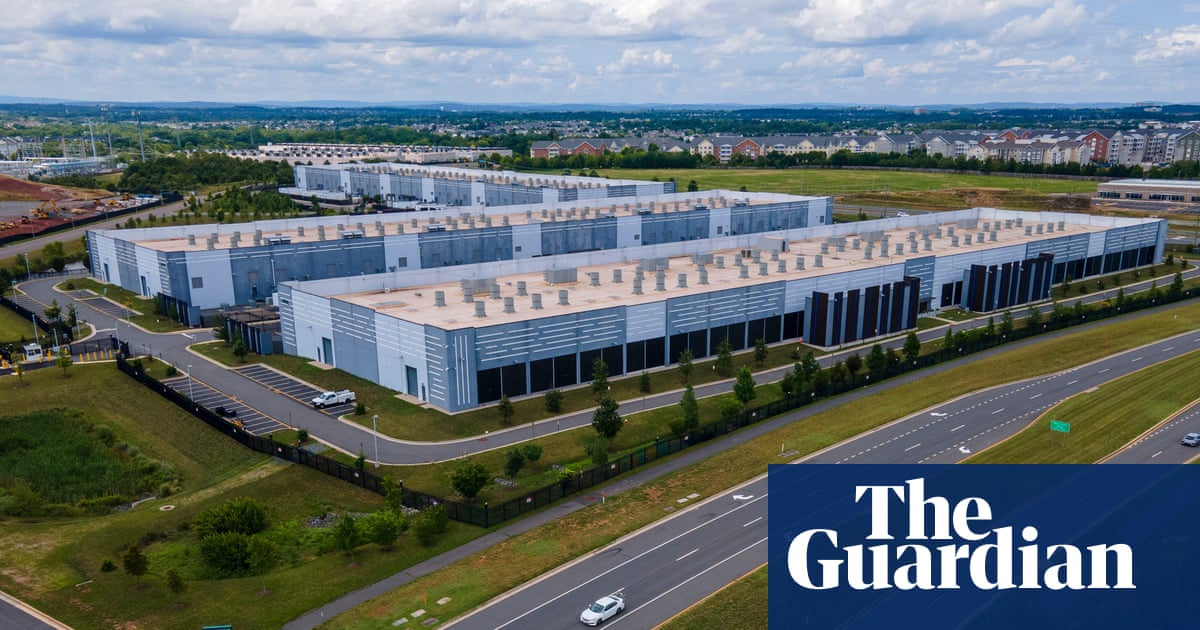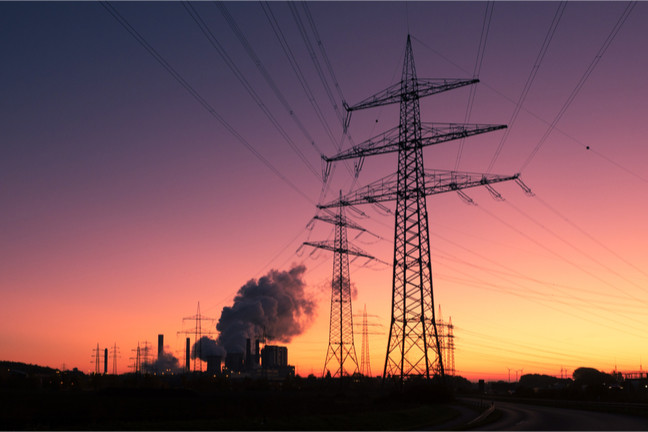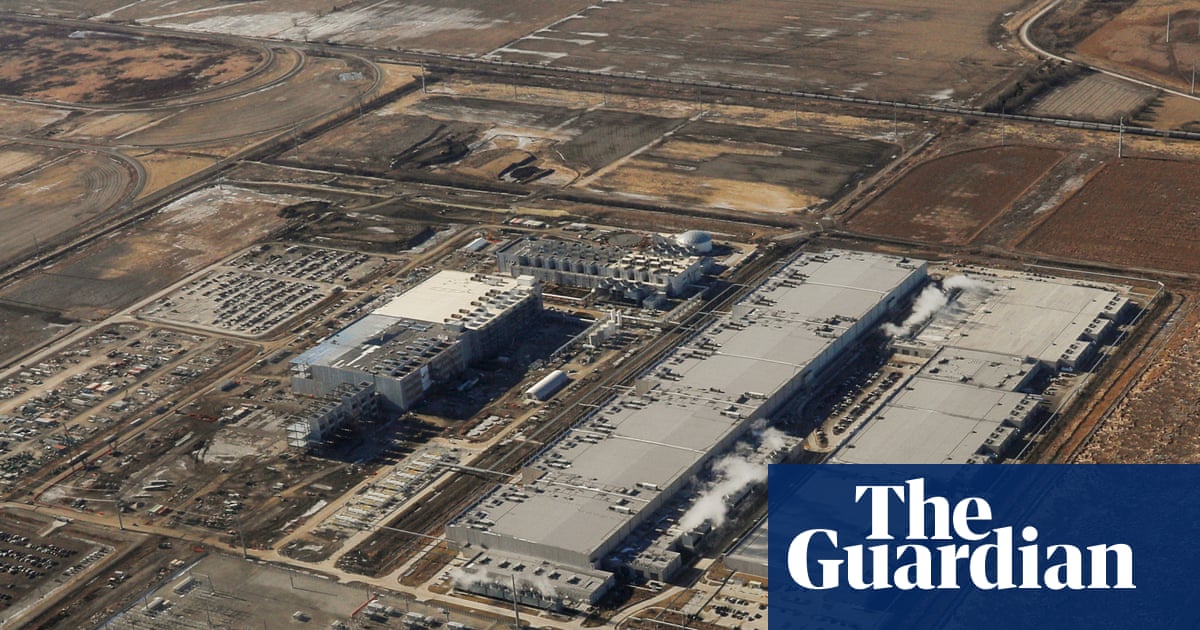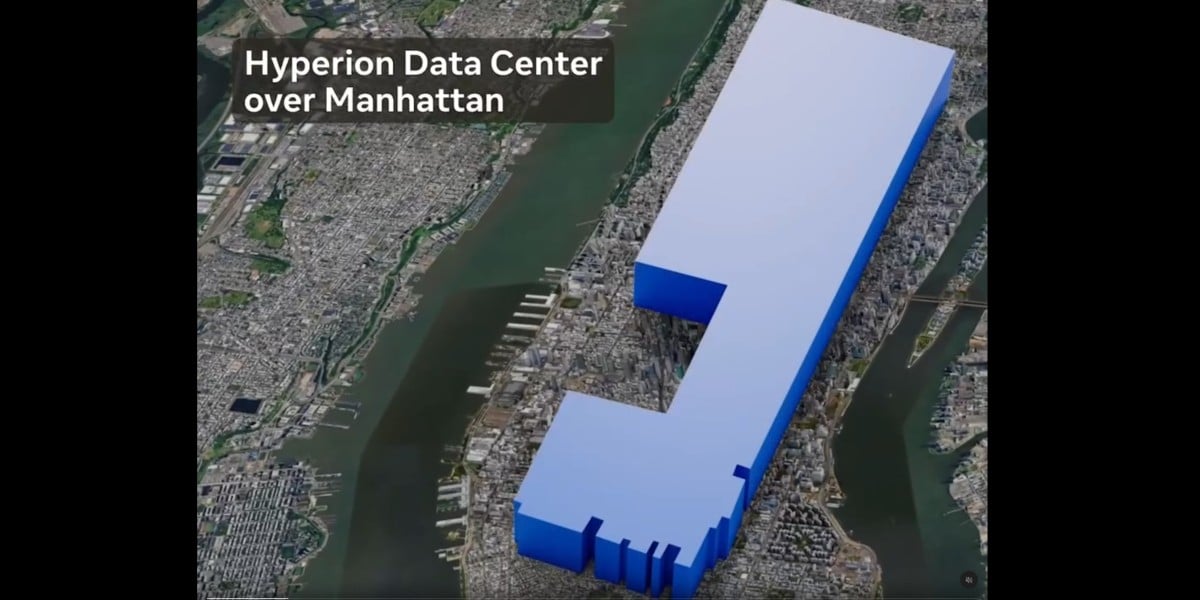#datacenters
#datacenters
[ follow ]
#ai-infrastructure #ai #energy-demand #hyperscalers #meta #sustainability #energy-infrastructure #energy-policy
fromTheregister
3 days agoDatacenters accused of hoarding grid capacity
Datacenters are blocking other energy users from connecting to the grid by over-reserving capacity in case they need it for future growth, according to a new report. Advisory body Uptime Institute says that power use in modern datacenters tends to remain largely constant, with significant changes in demand typically coming from business expansion. To allow for this, operators often reserve significantly more power than they require, which prevents other users from being allocated that capacity by the grid, even though it is not actually being used.
Miscellaneous
fromTheregister
3 weeks agoBrits to foot power bill for datacenters under UK AI plans
These regions were selected to ease grid pressure, we're told. Scotland's wind generation, for example, often exceeds transmission capacity. "There are sometimes mismatches between the amount of electricity generated in a certain region and the electricity grid's ability to transmit that electricity from that region to another," the document explains. "When datacenters locate in Scotland and the north of England, they can harness this generation, and reduce the overall cost of our electricity system."
UK politics
fromwww.theguardian.com
2 months agoAdvocates raise alarm over Pfas pollution from datacenters amid AI boom
Datacenters' electricity demands have been accused of delaying the US's transition to clean energy and requiring fossil fuel plants to stay online, while their high level of water consumption has also raised alarm. Now public health advocates fear another environmental problem could be linked to them Pfas forever chemical pollution. Big tech companies like Google, Microsoft and Amazon often need datacenters to store servers and networking equipment that process the world's digital traffic, and the artificial intelligence boom is driving demand for more facilities.
Public health
fromTheregister
2 months agoWind and solar will power datacenters more cheaply than SMRs
But analysis from the Centre for Net Zero (CNZ) says it would cost 43 percent less to power a 120 MW data facility with renewables and a small amount of gas-generated energy, when compared with an SMR. It claims that a microgrid comprising offshore wind, solar, battery storage, and backed up by gas generation, would be significantly cheaper to run annually than procuring power sourced from a nuclear SMR.
Environment
fromTheregister
2 months agoHow I learned to stop worrying and love the datacenter
The glorious visit of US President Donald Trump to the British Isles last week came with promises of thousands of precious GPUs, with Nscale, Microsoft, Google, and more teaming up to build a giant datacenter within walking distance of my house. But is the Tech Prosperity deal really a portal to a bright future or will it suck us in?
Tech industry
fromTheregister
3 months agoFrench datacenter biz signs 12-year nuclear pact with EDF
Those in France at least will now be partly powered via a CAPN, in addition to long-term Power Purchase Agreements (PPAs) Data4 already has in place for solar and wind energy. The contract involves a "cost and risk-sharing mechanism" based on the actual volumes of energy produced - a so-called behind-the-meter arrangement where it can secure energy at a reduced cost over the long term.
France news
[ Load more ]


